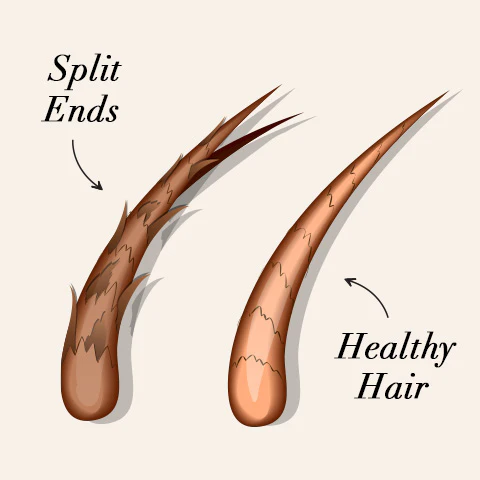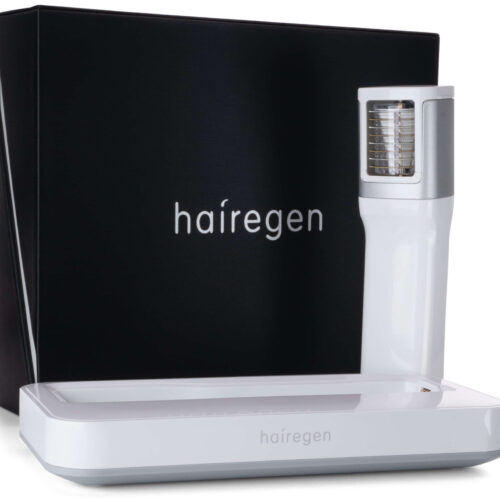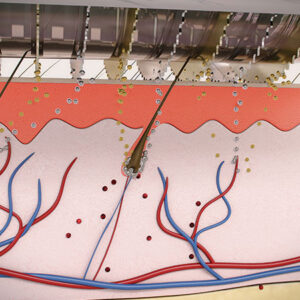Split ends are a common hair concern that can affect anyone, regardless of age, gender, or hair type. They occur when the tips of your hair become dry, brittle, and frayed, leading to an unsightly appearance and potential further damage. Understanding the causes of split ends and how to prevent them is essential for maintaining healthy, beautiful hair. In this article, we will explore the various factors that contribute to split ends and provide practical tips for prevention.

Understanding Split Ends
Split ends, scientifically known as “trichoptilosis,” occur at the ends of hair strands, where the hair is the oldest and most vulnerable. When the protective outer layer of the hair cuticle is damaged, the inner structure becomes exposed, leading to fraying and splitting. This damage can manifest in various forms, including the classic Y-shape split, tree splits, and forked ends. Each type of split end indicates a different level of damage and requires specific care.
The Anatomy of Hair
To comprehend split ends, it’s crucial to understand the structure of hair. Each hair strand consists of three layers: the medulla (innermost), cortex (middle), and cuticle (outermost). The cuticle acts as a protective barrier, shielding the inner layers from environmental stressors. When this barrier is compromised, the hair becomes susceptible to damage, leading to split ends.
Types of Split Ends
- Double Split Ends: The most recognizable type, where the hair splits into two distinct sections.
- Tree Split Ends: Resembling branches, these splits indicate significant damage and require immediate attention.
- Fork Split Ends: Characterized by three or more splits, these are often a sign of severe dryness and neglect.
What Causes Split Ends?
Understanding what causes split ends is vital for effective prevention. Several factors contribute to the development of split ends, ranging from environmental influences to hair care practices.
Environmental Factors
- Weather Conditions: Extreme temperatures, whether hot or cold, can strip moisture from hair, leading to dryness and brittleness.
- Sun Exposure: Prolonged exposure to UV rays can weaken the hair cuticle, making it more prone to splitting.
- Pollution: Environmental pollutants can accumulate on hair, causing damage and increasing the likelihood of split ends.
Hair Care Practices
- Overwashing: Frequent washing can strip hair of its natural oils, leading to dryness. It’s advisable to wash hair every two to three days to maintain moisture levels.
- Harsh Products: Shampoos and conditioners containing sulfates and alcohol can dehydrate hair, making it susceptible to damage.
- Improper Drying Techniques: Rubbing hair vigorously with a towel can cause friction and breakage. Instead, gently blotting or squeezing the hair is recommended.
Styling Tools and Techniques
- Heat Damage: Regular use of heat styling tools like blow dryers, curling irons, and straighteners can dehydrate hair and weaken its structure. Always use a heat protectant spray before styling.
- Tight Hairstyles: Styles that pull on the hair, such as tight ponytails or braids, can cause stress on the hair shaft, leading to breakage and split ends.
- Rough Brushing: Brushing hair aggressively, especially when wet, can lead to breakage. Use a wide-tooth comb to detangle hair gently.

How to Prevent Split Ends
While split ends cannot be repaired once they occur, there are numerous strategies to prevent them from developing in the first place. Implementing these practices can significantly improve the health of your hair.
Regular Trims
One of the most effective ways to manage split ends is through regular haircuts. Aim for a trim every six to eight weeks to remove any damaged ends and promote healthier growth. This practice helps prevent split ends from traveling up the hair shaft, causing further damage.
Hydration is Key
Keeping your hair well-hydrated is essential for preventing split ends. Incorporate deep conditioning treatments into your hair care routine at least once a week. Look for products that contain nourishing ingredients like argan oil, coconut oil, or shea butter, which can help restore moisture and strengthen hair.
Gentle Washing Techniques
When washing your hair, be mindful of your technique. Instead of scrubbing your scalp vigorously, focus on massaging the shampoo into your roots and allowing it to cleanse the lengths as it rinses out. Follow up with a conditioner, applying it primarily to the ends of your hair, where moisture is most needed.
Use the Right Tools
Invest in high-quality hair care tools to minimize damage. Opt for a wide-tooth comb for detangling wet hair and a brush with flexible bristles for dry hair. Avoid using metal hair ties, as they can snag and break hair. Instead, choose soft fabric hair ties that are gentler on your strands.
Limit Heat Exposure
To protect your hair from heat damage, try to limit the use of styling tools. When you do use heat, always apply a heat protectant spray beforehand. Additionally, consider air-drying your hair whenever possible, as this reduces the risk of damage.
Protect Your Hair at Night
Your hair can also suffer damage while you sleep. Consider using a silk or satin pillowcase, which creates less friction than cotton and helps prevent breakage. Alternatively, you can wrap your hair in a silk scarf to protect it overnight.
Nutrition Matters
A well-balanced diet plays a crucial role in hair health. Ensure you are consuming adequate amounts of vitamins and minerals, particularly biotin, vitamin E, and omega-3 fatty acids. These nutrients support hair strength and growth, reducing the likelihood of split ends.
Best selling hair growth products:
The Role of Hairegen Device
In the quest for healthy hair, innovative devices like the Hairegen device have emerged as valuable tools. This device utilizes advanced technology to stimulate hair follicles and promote hair growth. By enhancing blood circulation to the scalp, it helps deliver essential nutrients to hair roots, improving overall hair health.
How Hairegen Works
The Hairegen device employs low-level laser therapy (LLLT) to stimulate hair follicles. This non-invasive treatment encourages cellular activity, leading to healthier hair growth. Regular use of the Hairegen device can complement your hair care routine, making it an excellent addition for those looking to prevent split ends and promote overall hair vitality.
Benefits of Using Hairegen
- Improved Hair Thickness: Regular use can lead to thicker, fuller hair, reducing the appearance of split ends.
- Enhanced Scalp Health: By promoting blood circulation, the device helps maintain a healthy scalp environment, crucial for hair growth.
- Convenient and Easy to Use: The Hairegen device is user-friendly and can be incorporated into your daily routine without hassle.
Conclusion
Split ends are a common hair issue that can be managed effectively with the right knowledge and practices. By understanding the causes of split ends and implementing preventive measures, you can maintain healthy, beautiful hair. Regular trims, proper hydration, gentle washing techniques, and the use of innovative devices like the Hairegen can significantly reduce the occurrence of split ends. Remember, prevention is key, and with consistent care, you can enjoy vibrant, healthy hair for years to come.
Best selling hair growth products:





